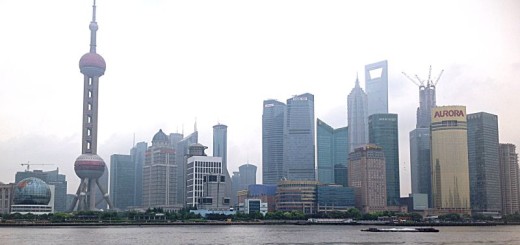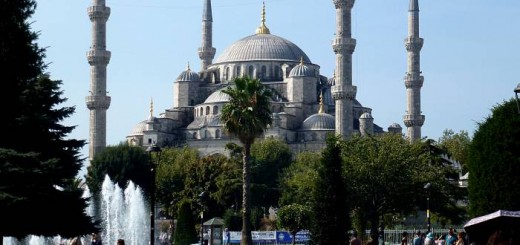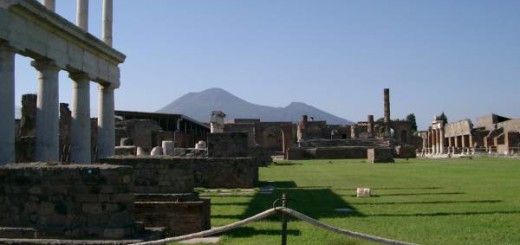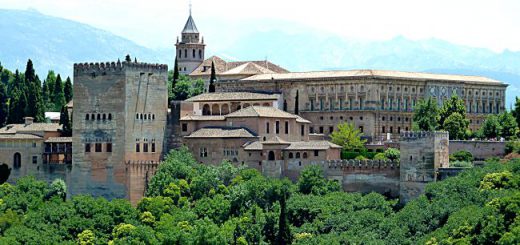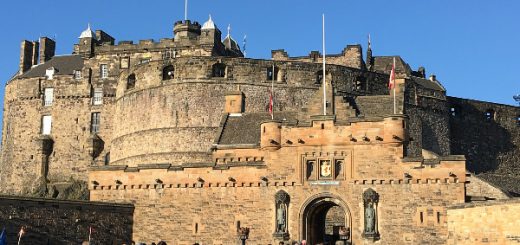Guilin and Yangshuo
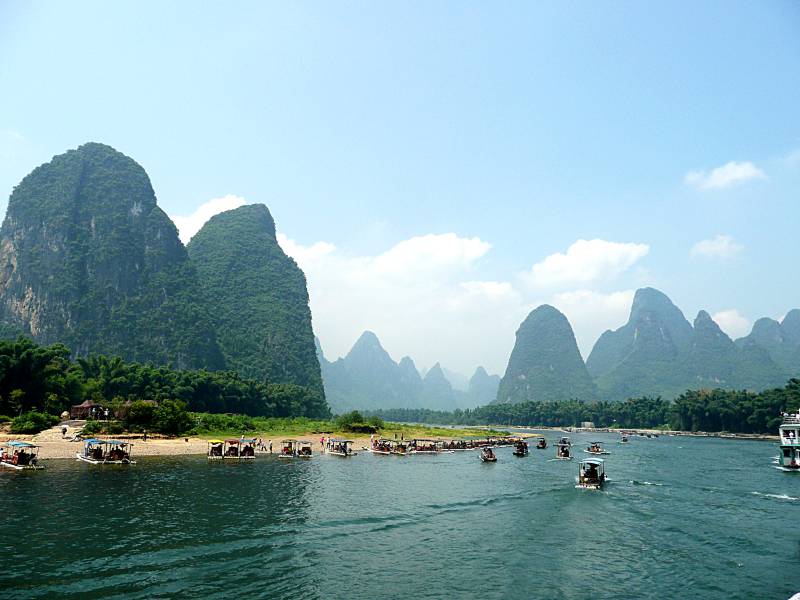
After visiting very populous cities in China it was refreshing to see a more rural side around Guilin and Yangshuo. The area is well known for the karst (limestone) peaks rearing up from rice paddies and other relatively flat farming land. In fact, the formations are so famous they are the backdrop to the 20 Yuan (RMB) note, a view we had pointed out to us while cruising down the Li River.
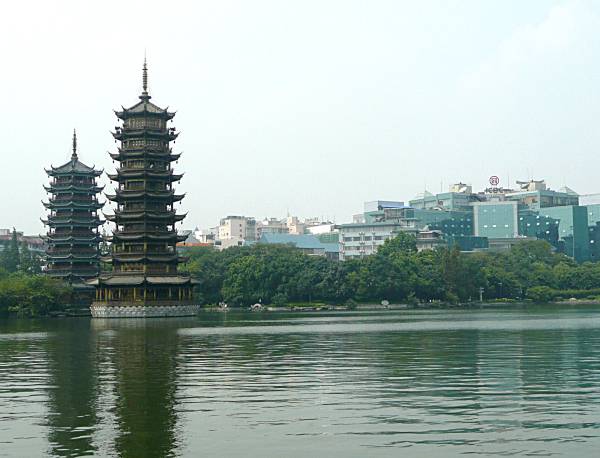
We arrived in Guilin late in the day from Shanghai and were met at the airport by our driver and our guide, Luna, who took us straight to our hotel, the Sheraton. This was well situated for us to do some independent walking around the town which is surrounded by two rivers and four lakes. In the middle of Ronghu Lake is an island with a teahouse which you reach across a marble zigzag bridge. The island is built in the style of a Chinese garden with rock formations, bridges, and beautiful plants. Shan Lake is famous for its twin pagodas, the Sun and Moon Pagodas. The 9-storied Sun Tower is 41 meters high, made of solid bronze, while the 7-storied Moon Tower is 35 meters high, made of wood and glazed tiles. The gardens around the lakes were a very beautiful place for a stroll. The town’s economy is heavily based on tourism, so it is much cleaner and has less air pollution than many other Chinese cities.
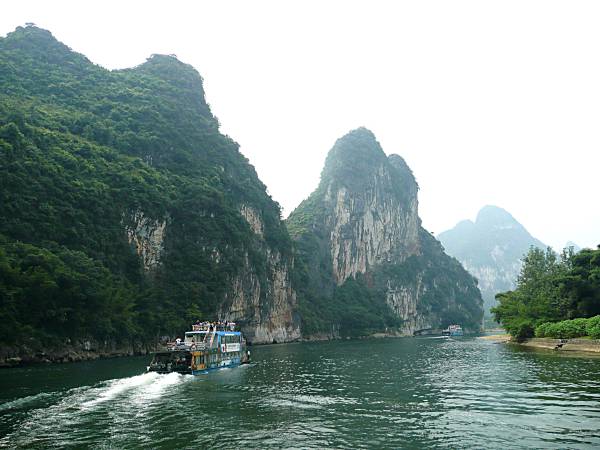
A Cruise along the Li River to Yangshuo is Gulin’s most popular tourist drawcard. The trip is about 83 km and takes a full day there and back. The scenery along the way includes views of not only the steep karst mountains, but of villages along the banks, bamboo forests, rice paddies with farmers and water buffaloes working in them, ducks and other water birds and fishermen on their bamboo rafts. There are various legends and stories made up about the shapes of the different peaks and cliff faces that resemble animals – the Chinese have good imaginations.

The cruise boats have kitchens open to the river at their rear, so we could see the cooks hard at work when we came up close behind one. Our boat provided a buffet lunch for us as well.
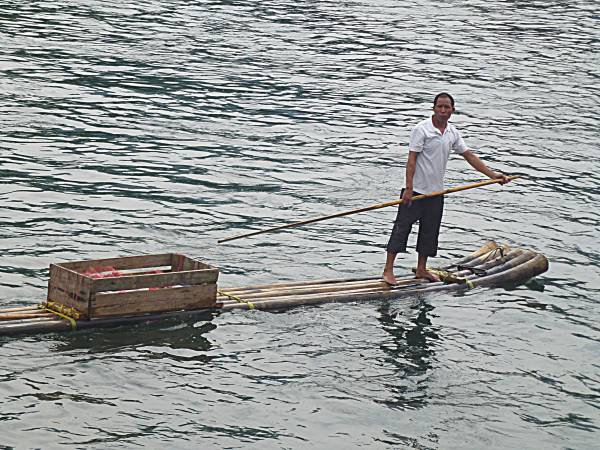
Local farmers also came up beside the boats, on their bamboo rafts, hoping to sell fresh produce to the kitchens and the tourists. It was a very precarious manoeuvre while the boats were still motoring downstream.

Arriving at the Yangshuo dock, we saw one of the fishermen, holding his cormorants in expectation of posing for paid photos. We then walked into the town past souvenir stalls and along West Street which was lined with western cafes, restaurants and hotels. We stopped at a bicycle hire place and, together with our guide, took a cycling tour through the outer streets and into the farming land to visit the home of a local family. After several false starts with broken gears on Vin’s bike and a flat tyre on mine, we set forth into the countryside.
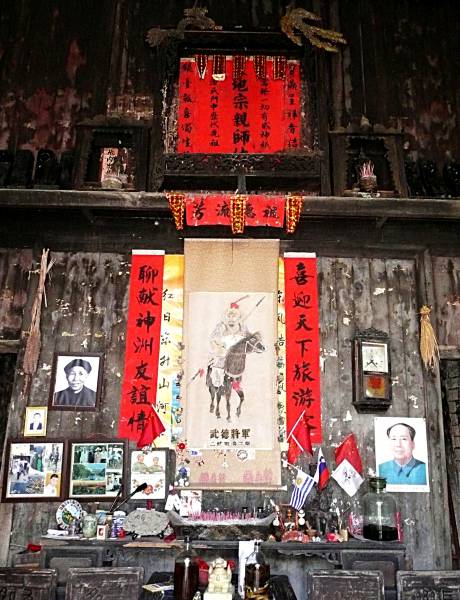
The architecture of their house showed that the family had once been quite well off, but the house and land was taken from them by the government in the days of Communism and eventually they had to buy it back. So as well as some farming, they depended on visiting tourists to supplement their income. The family was very proud of their ancestor wall and shrine, including a photo of Chairman Mao (strangely, considering their plight under Communism).
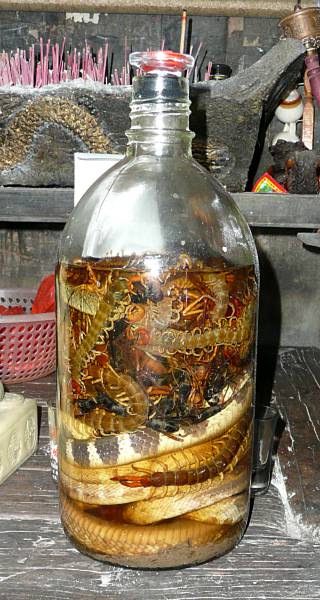
We were offered a drink of their snake and centipede wine – which we graciously declined – and were shown how they made soy milk, which was more to my liking. Various other old-fashioned devices were still in use in the laundry and kitchen, including the hand-operated water pump.
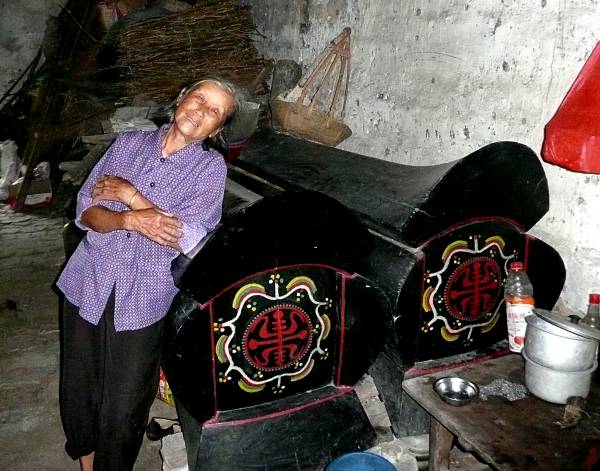
The most intriguing feature for me was the side room where the decorated coffins were stored awaiting the funerals of the grandparents of the house. The grandmother was so proud of hers she posed for a picture. Apparently her daughter-in-law was obliged to provide these in advance as her filial duty.
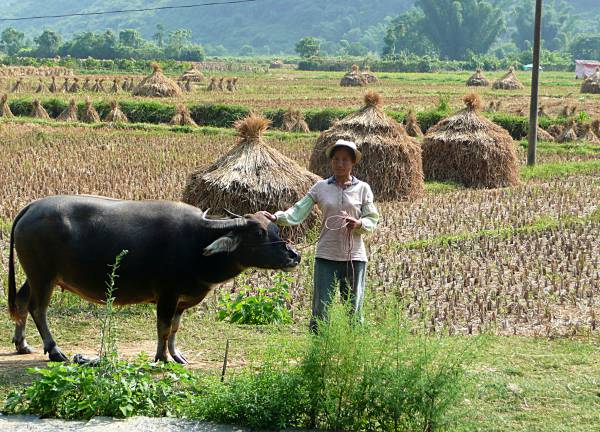
On our bike ride we passed by a woman farming with her water buffalo. When I tried to take a photo she came over to request payment. Further down the road we arrived at a beach on the side of the Yulong River where other tourists were having bamboo raft rides.
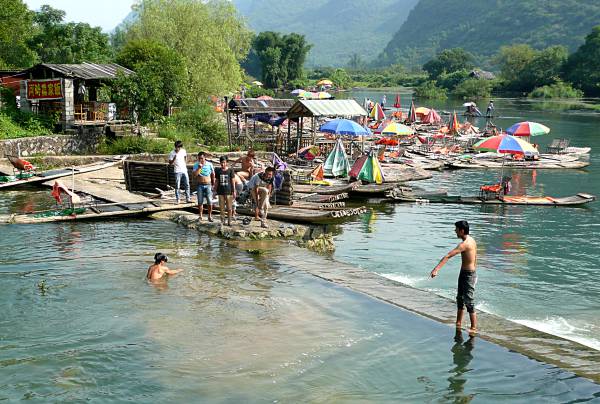
We watched while young boys “fished” in the river with explosives! After the explosion the stunned fish would float to the surface and the boys would jump in and collect as many as they could.
The ride back to town was marred again with the same tyre going flat, making it almost impossible to ride the bike. Our tour guide volunteered to spare me the trouble and swapped bikes with me. Apart from that small inconvenience, this would have been one of our most enjoyable days in China.
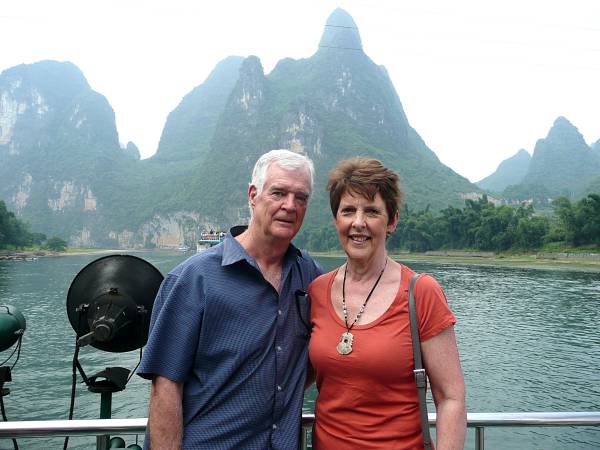
On the cruise back to Guilin we took some amusement in our (Chinese) fellow tourists. They seemed fascinated by our appearance, staring at our faces, my auburn hair and Vin’s silver hair. As we had noted on our Yangtze cruise, the majority of tourists in China are the Chinese themselves.
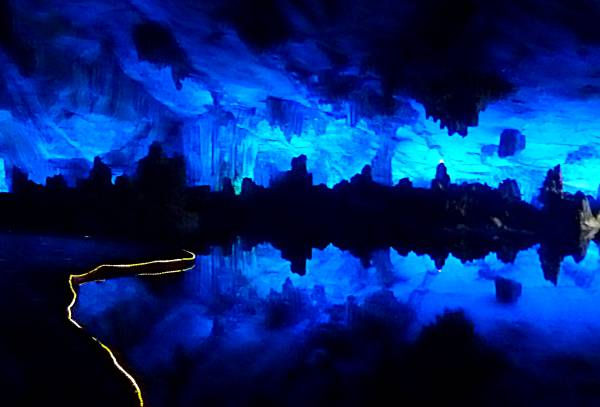
On our second day we were taken to see some of Gulin’s other popular attractions. The Reed Flute cave 5 km northwest of Guilin is a 240 metre long limestone cave with spectacular stalactites, stone pillars and rock formations colourfully (garishly?) lit and supposedly resembling lions, monkeys, old men and even the skyline of Guilin, complete with lake. The Chinese are fond of giving rock formations names based on their appearance and telling fanciful stories about them – again, it helps if you have a good imagination! A park outside the cave has elegant pavilions, ponds, bridges, plants and other garden structures. The cave got its name from the reeds growing outside it, with which people make flutes.
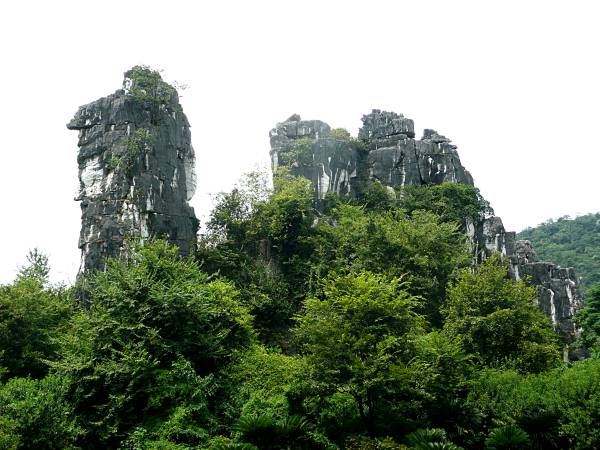
The Seven Star Park, located close to town on the eastern side of the Li River, occupies 1.34 sq km and is named for the seven peaks which are laid out like the Big Dipper constellation. One of the rock formations is known as Camel Hill because it resembles a sitting camel. Around the park there are bonsai gardens, sculptures, a zoo, tea houses and various pavilions.
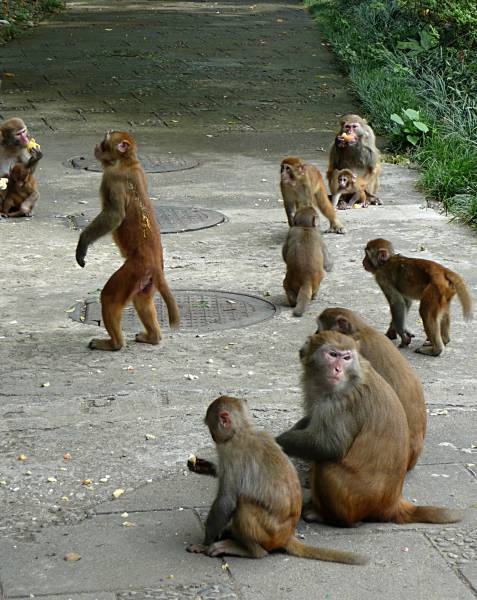
Wild monkeys abound in some areas and will follow you wanting food. I had forgotten I had a banana in my bag, so for a while I was very popular, till I realised why and gave it to them.
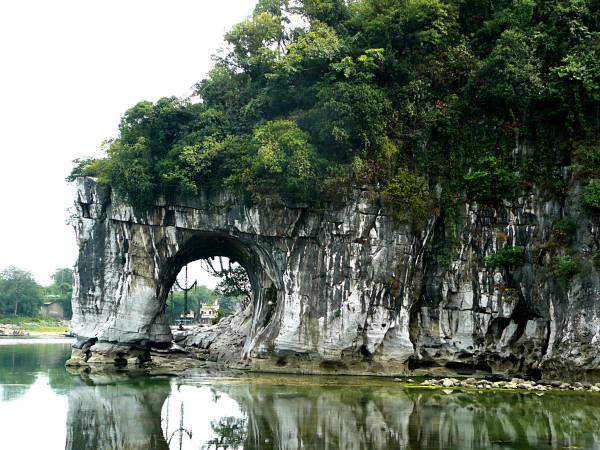
Elephant Trunk Hill, at the junction of the Li River & the Peach Blossom River, is a hill with a large natural arch cut into it. This resembles the trunk of an Elephant dipping into the river. The circular cave is known as the Moon Cave, because its reflection on the water resembles the moon. This scene is frequently used as a symbol of the city and so has developed some fame. What should be a free exhibit has been screened off with trees and fences from the roadside, so that you have to pay an entrance fee to see it, instead of simply going down to the river within a few metres of the town centre.

Once there you can see various sculptures, including baby elephants frolicking in the water and one of an imposing dragon and other fantastic creatures around a tree trunk.
Late in the afternoon we were again transferred to the airport for the next leg of our journey – to Shenzhen – to visit the Mission Hills Golf Course, the world’s largest golf club according to the Guinness World Records.
Related articles
- heading to guilin: kumquat orchards & the seven star tea plantation (catbirdinchina.wordpress.com)
- Cruise down Li River offers picturesque views, trip into old rural China (o.canada.com)
- Fantastic peaks 奇峰 by Daniel Metz (500px.com)
- Explore and Fall in Love with China (detentionslip.org)

